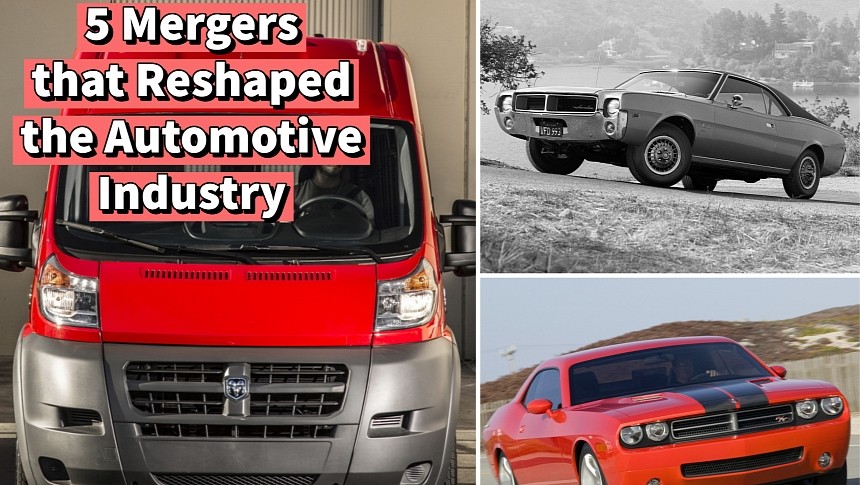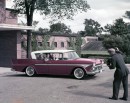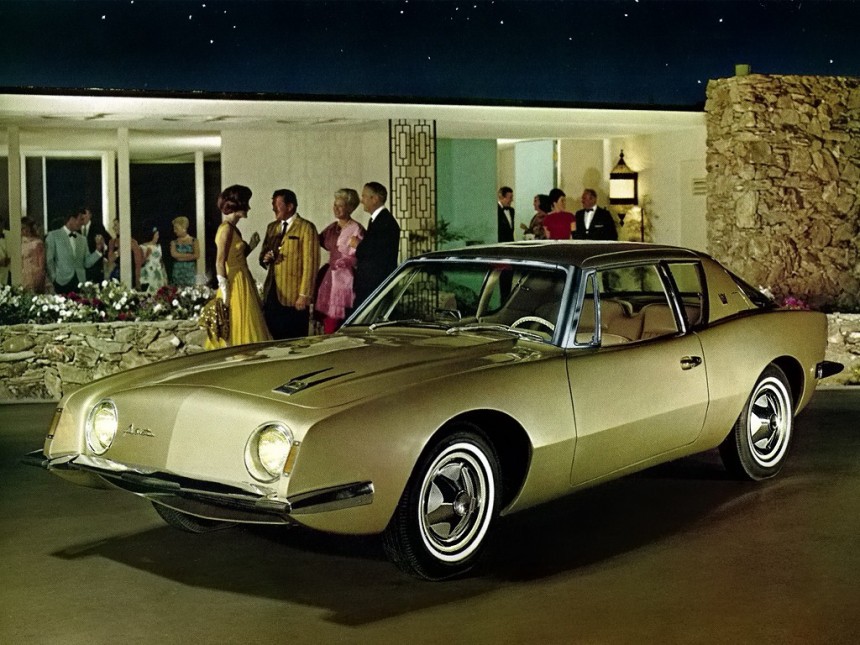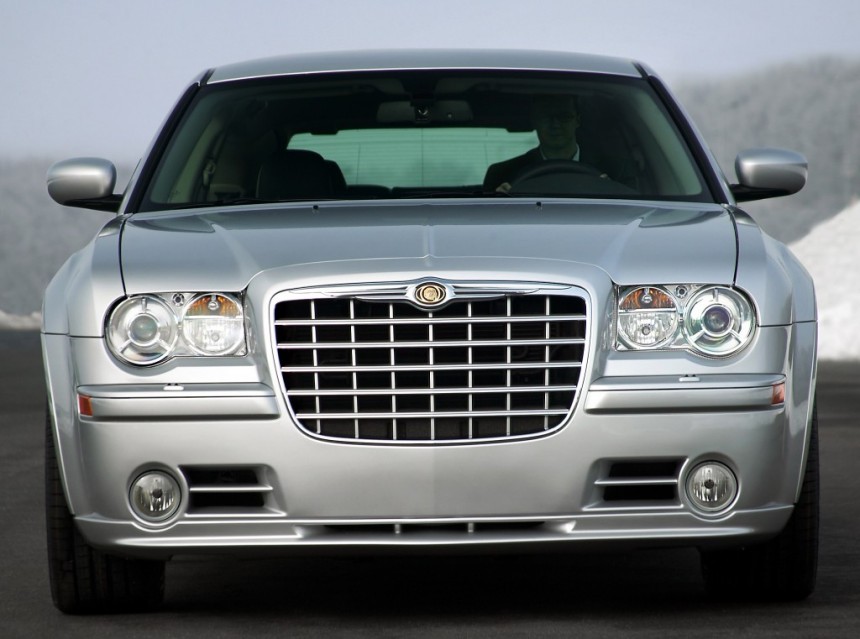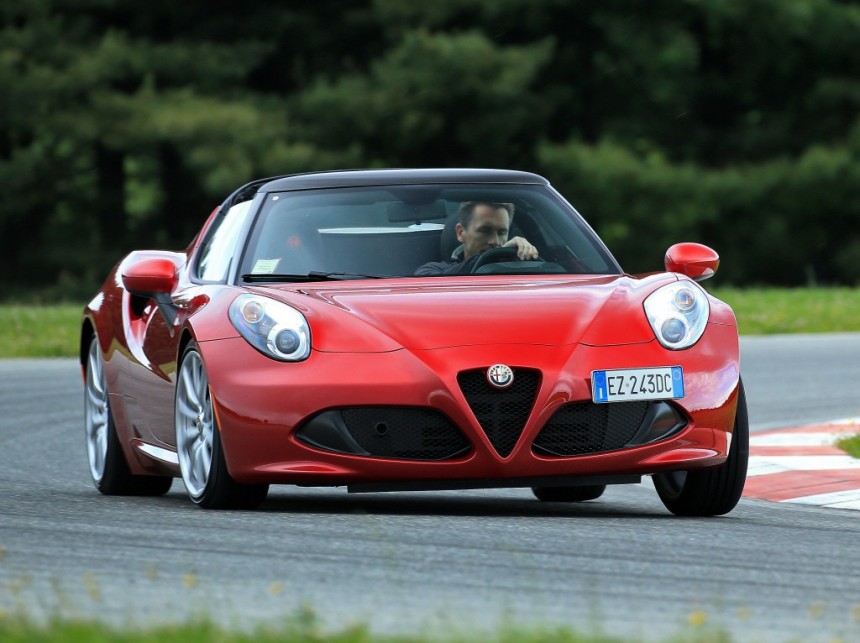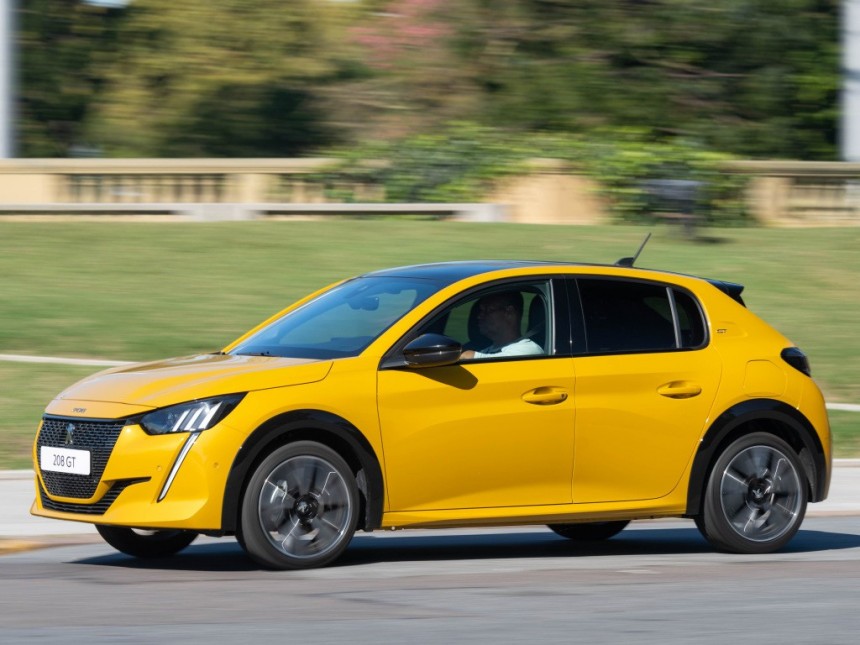Mergers and takeovers have been a part of the automotive industry since the early days. And they've been used as a means to expand, cut costs, or better compete with larger companies.
General Motors, for instance, was set up in 1908 by bringing Buick, Oldsmobile, and Fisher Body Company under the same roof. The following year, GM purchased no fewer than seven car companies, including Cadillac and Oakland. But large-scale mergers did not begin until the 1950s.
Established in 1954, this entity was created by purchasing the Studebaker Corporation by Packard Motor Company. While the former struggled to keep up with the Big Three, Packard aimed to regain its position at the top of the luxury market.
The companies were initially supposed to be a part of a four-way merger with Nash-Kelvinator and Hudson Motor Car Company. However, disagreements over parts sharing and other arrangements led Nash and Hudson to merge separately and form American Motors Corporation (AMC).
While the latter went on to become an essential player in the US market, the Studebaker-Packard merger didn't go according to plan. By 1956, Studebaker lost about 30% of its dealer network and was hemorrhaging money. At the same time, the closure of the company's Detroit plant left Packard without the means to build brand-new automobiles.
Stuck with rebadged and slightly redesigned Studebakers, Packard lost its few loyal customers and was retired in July 1958. Studebaker soldiered on with innovative cars like the Lark and Avanti, but slow sales forced it to close its South Bend plant in 1963. The Hamilton, Ontario factory suffered the same fate in 1966, and Studebaker went into the history books as one of America's last independent automakers.
Formed by Nash-Kelvinator Corporation and Hudson Motor Car Company, American Motors Corporation (AMC) was the largest merger in US history at the time. The deal established the country's fourth-largest automaker and ensured the survival of its brands following the devastating 1953-1954 Ford/GM price war.
AMC combined the Nash and Hudson product lines under a common manufacturing strategy in 1955 and launched two new brands, the Metropolitan and the Rambler, by the end of the decade. AMC became a key player in the emerging compact car market and introduced many innovations in the 1960s.
The list includes the tandem master cylinder, automatic shift indicator sequence, adjustable front seat backrests, and dual reclining front seats. The latter was standard on AMC products nearly a decade before the Big Three introduced it as an option.
The company entered the muscle car market in the late 1960s and expanded by acquiring Kaiser Jeep in 1970 and setting up AM General in 1971. Buying Jeep proved wise as sales of trucks and SUVs kept AMC profitable until the early 1980s. However, financial difficulties pushed AMC into a partnership with Renault, which owned as much as 49% of the company.
In 1987, Chrysler purchased AMC for about $1.5 billion. The company became the Jeep-Eagle division of Chrysler and was fully merged into the corporation in 1990.
The world's largest cross-border deal at the time, Daimler-Benz and Chrysler merged in 1998 when the German giant bought 92% of the American company. A highly controversial "marriage" described by its opposers as a takeover, the merger saw significant changes within Chrysler.
The Eagle division was retired soon after the stock swap, Plymouth was discontinued in 2001, while Jeep became a stand-alone brand. The collaboration also gave birth to the LX platform, which underpins some of Chrysler's most iconic modern vehicles.
Originally used to design the Chrysler 300 and Dodge Magnum, it also found its way into the Dodge Charger, revived in 2005. A shorter version called the LC platform was used to relaunch the Dodge Challenger. The said platform is still in use as of 2023, underpinning the likes of the Challenger Hellcat and Demon 170.
The merger ended in 2007 when Daimler AG sold 80% of the Chrysler Group to Cerberus Capital Management. Chrysler filed for bankruptcy protection in 2009.
Chrysler's merger with Italian giant Fiat can be traced back to 2009. After filing for Chapter 11 bankruptcy in April, Chrysler emerged from the proceedings some two months later with four entities as principal owners. Fiat was one of them, with a 20% stake.
The Italians owned almost 60% of the company in early 2012 and purchased the remaining shares from the United Auto Workers in 2014. The companies merged into Fiat Chrysler Automobiles (FCA) in October of that year.
The newly established group released a five-year plan that repositioned Chrysler as the company's mainstream brand in the US, while Dodge would focus on performance vehicles. SRT was reintegrated into Dodge, while Jeep became Chrysler's leading global brand. Alfa Romeo became the premium marque and returned to the United States after a long absence.
FCA is responsible for a long list of ground-breaking products, including high-performance versions of the Dodge Challenger, Durango, and Jeep Grand Cherokee. The merger also oversaw the revival of the Grand Wagoneer as Jeep's modern foray into the luxury market. The Ram Truck lineup expanded to include vans based on Fiat products.
After seven years on the market, FCA merged with the PSA Group. The French company owned the Peugeot, Citroen, DS, Opel, and Vauxhall brands at the time. The merger created the third-largest automaker by sales behind Toyota and the Volkswagen Group.
The company announced several all-electric and hybrid vehicles and promised four EV platforms by the end of the 2020s. While under Stellantis, Dodge confirmed that the iconic Challenger would switch to battery power.
As of 2023, Stellantis includes 16 automobile brands in five countries and more than 50 factories across six continents.
Studebaker-Packard Corporation (1954)
The companies were initially supposed to be a part of a four-way merger with Nash-Kelvinator and Hudson Motor Car Company. However, disagreements over parts sharing and other arrangements led Nash and Hudson to merge separately and form American Motors Corporation (AMC).
While the latter went on to become an essential player in the US market, the Studebaker-Packard merger didn't go according to plan. By 1956, Studebaker lost about 30% of its dealer network and was hemorrhaging money. At the same time, the closure of the company's Detroit plant left Packard without the means to build brand-new automobiles.
Stuck with rebadged and slightly redesigned Studebakers, Packard lost its few loyal customers and was retired in July 1958. Studebaker soldiered on with innovative cars like the Lark and Avanti, but slow sales forced it to close its South Bend plant in 1963. The Hamilton, Ontario factory suffered the same fate in 1966, and Studebaker went into the history books as one of America's last independent automakers.
American Motors Corporation (1954)
AMC combined the Nash and Hudson product lines under a common manufacturing strategy in 1955 and launched two new brands, the Metropolitan and the Rambler, by the end of the decade. AMC became a key player in the emerging compact car market and introduced many innovations in the 1960s.
The list includes the tandem master cylinder, automatic shift indicator sequence, adjustable front seat backrests, and dual reclining front seats. The latter was standard on AMC products nearly a decade before the Big Three introduced it as an option.
The company entered the muscle car market in the late 1960s and expanded by acquiring Kaiser Jeep in 1970 and setting up AM General in 1971. Buying Jeep proved wise as sales of trucks and SUVs kept AMC profitable until the early 1980s. However, financial difficulties pushed AMC into a partnership with Renault, which owned as much as 49% of the company.
In 1987, Chrysler purchased AMC for about $1.5 billion. The company became the Jeep-Eagle division of Chrysler and was fully merged into the corporation in 1990.
DaimlerChrysler AG (1998)
The Eagle division was retired soon after the stock swap, Plymouth was discontinued in 2001, while Jeep became a stand-alone brand. The collaboration also gave birth to the LX platform, which underpins some of Chrysler's most iconic modern vehicles.
Originally used to design the Chrysler 300 and Dodge Magnum, it also found its way into the Dodge Charger, revived in 2005. A shorter version called the LC platform was used to relaunch the Dodge Challenger. The said platform is still in use as of 2023, underpinning the likes of the Challenger Hellcat and Demon 170.
The merger ended in 2007 when Daimler AG sold 80% of the Chrysler Group to Cerberus Capital Management. Chrysler filed for bankruptcy protection in 2009.
Fiat Chrysler Automobiles (2014)
The Italians owned almost 60% of the company in early 2012 and purchased the remaining shares from the United Auto Workers in 2014. The companies merged into Fiat Chrysler Automobiles (FCA) in October of that year.
The newly established group released a five-year plan that repositioned Chrysler as the company's mainstream brand in the US, while Dodge would focus on performance vehicles. SRT was reintegrated into Dodge, while Jeep became Chrysler's leading global brand. Alfa Romeo became the premium marque and returned to the United States after a long absence.
FCA is responsible for a long list of ground-breaking products, including high-performance versions of the Dodge Challenger, Durango, and Jeep Grand Cherokee. The merger also oversaw the revival of the Grand Wagoneer as Jeep's modern foray into the luxury market. The Ram Truck lineup expanded to include vans based on Fiat products.
Stellantis (2021)
The company announced several all-electric and hybrid vehicles and promised four EV platforms by the end of the 2020s. While under Stellantis, Dodge confirmed that the iconic Challenger would switch to battery power.
As of 2023, Stellantis includes 16 automobile brands in five countries and more than 50 factories across six continents.
